At first glance of this pyramid you may think you are in Egypt, but actually, you're in Rome!
Inspired by the magnificence of Egyptian pyramids or maybe those of Nubia (which rose at a similarly steep angle), this is the Pyramid of Cestius. Around 18-12 BCE Gaius Cestius had this pyramid built as his tomb. Cestius is thought to have served in the Roman Military in Nubia, where he would have had a first hand look at the steep walled pyramids there, but it's not known for certain. Today, Cestius’ pyramid is one of the most well preserved pyramids from antiquity. The Romans had a knack and love of copying the great art of the cultures they invaded. For instance, much of our knowledge of Greek sculpture is due to Roman copies.
Egyptian art and culture were all the rage at this time in Rome. Rome ruled Egypt at this time, and Romans, especially rich Romans, loved all things Egyptian. Egypt was a 3,000 year old culture by this time and had a bounty of art. Egyptian artifacts and monuments were brought back to Rome to celebrate both the rule of Egypt and to showcase their intense love for Egyptian culture. Even a cursory walk in Rome today and you will find eight ancient Egyptian obelisks tucked in amazing places like the top of the Spanish Steps, or placed in the center of a fountain just outside of the Pantheon. There was one other pyramid like that of Cestius in Rome, but it was torn down by Pope Alexander VI in the 1600s to make the steps of Saint Peter's Basilica. Silly Popes. Next time you're in Rome walking on the steps into Saint Peters remember you're walking on a pyramid from ancient Rome.
Cestius had a sweet job. He was a member of the "Epulones", a fancy word for the society that was in charge of party planning for the Empire. Someone had to plan the feast days and major events. That he could afford such a magnificently constructed pyramid shows that Cestius had an abundance of wealth. And like an Egyptian Pharaoh, he showed it off. However, largley due to hygienic reasons, only the roman emperor could be buried within the city limits of Rome, so Cestius placed his tomb out in the countryside of Rome proper. Eventually the city grew so big, the pyramid became part of the city wall. It's quite amazing what happens when a civilization expands over hundreds of years. Today you can visit this gem at the Piramide Metro stop in Rome. Until the modern age, Cestius' Pyramid was a must stop on the Grand Tour from the 1700’s to the 1800’s. In fact, the 18th century artist Giovani Piranesi made two prints of the pyramid that circulated Europe as travel posters of sorts.


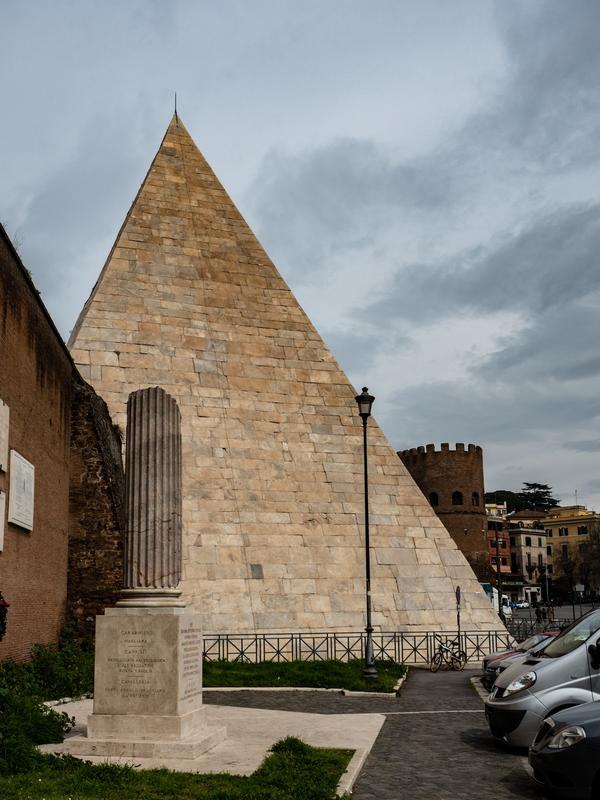
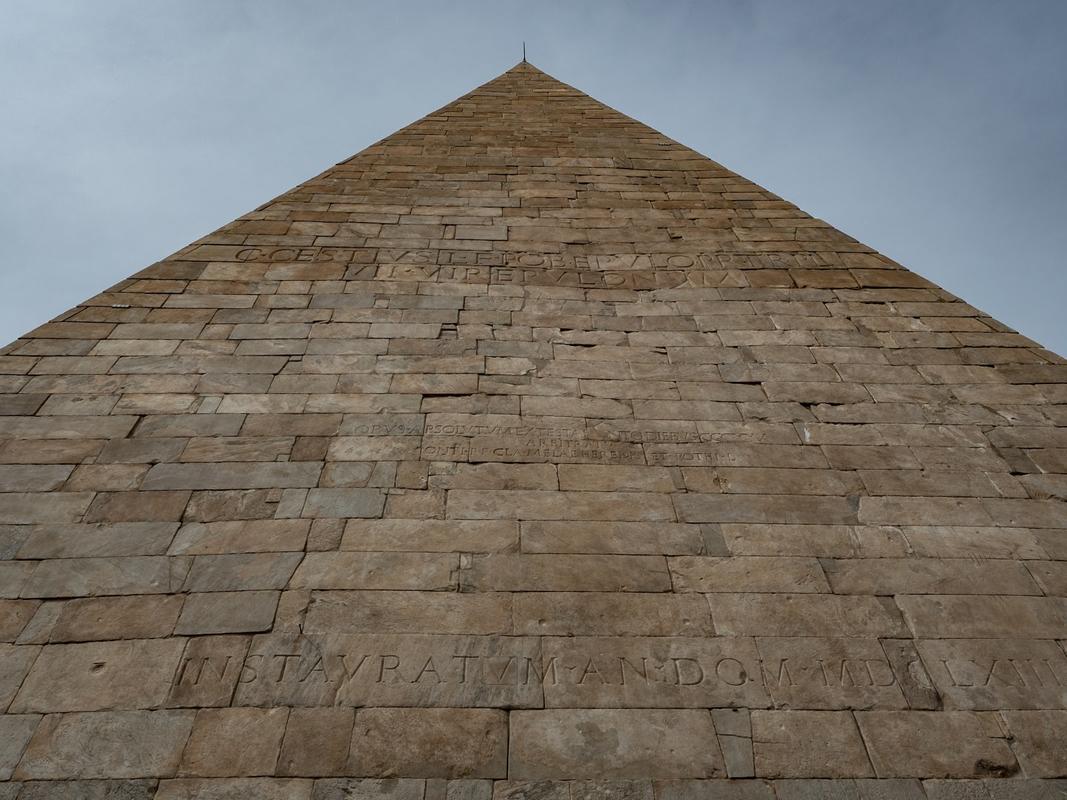
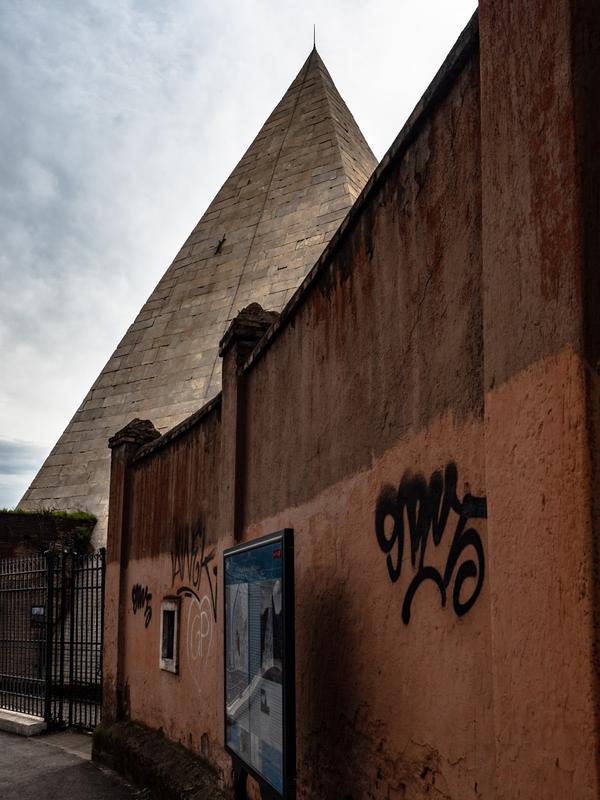
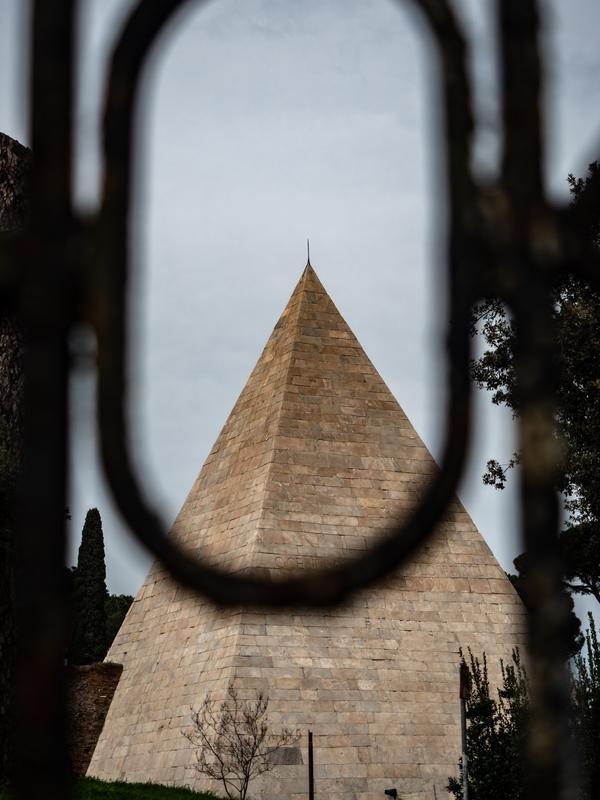
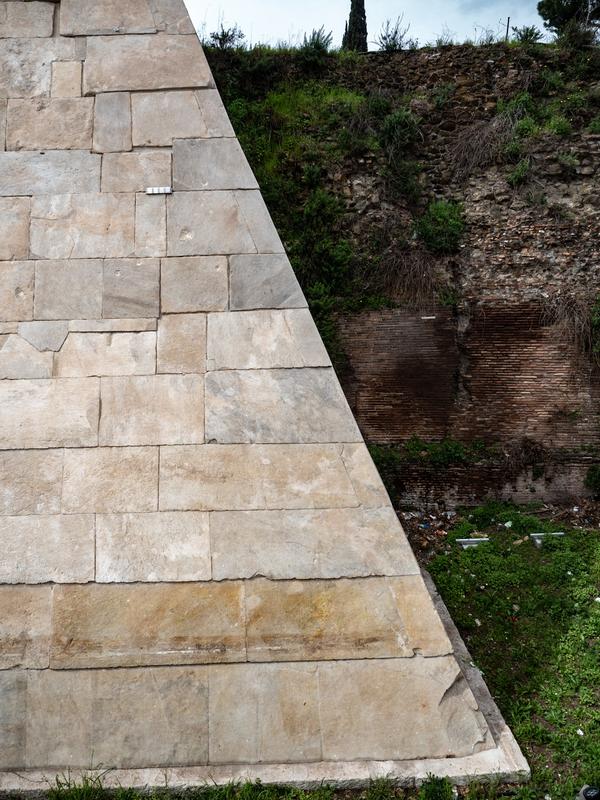

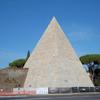










I like this pyramid because the outside is smooth, and that is piled up with square rocks. Can't imagine how the ancient people finished that. Even it is built a few thousand years ago, the bricks of it are still bright and reflective.